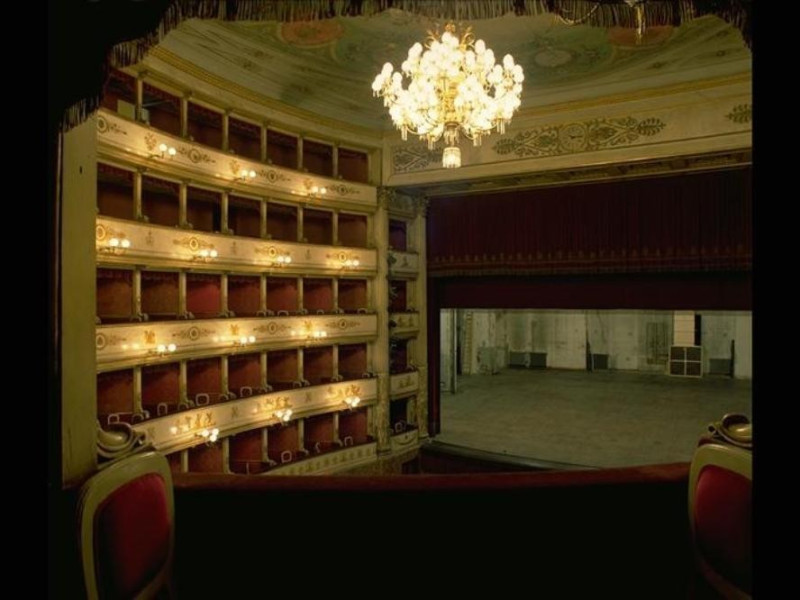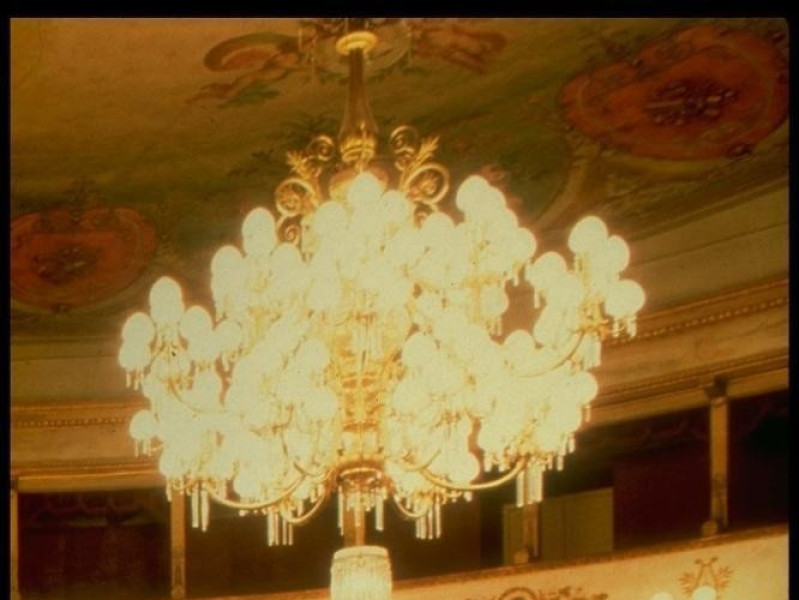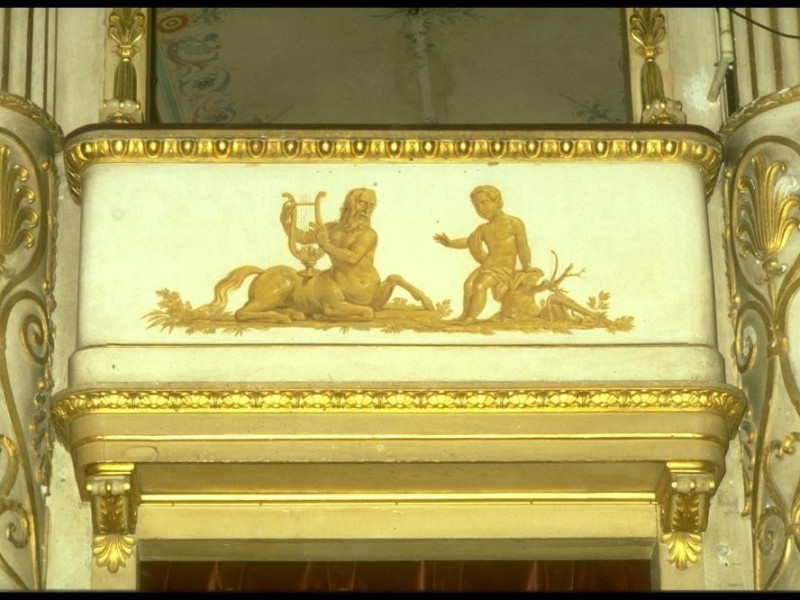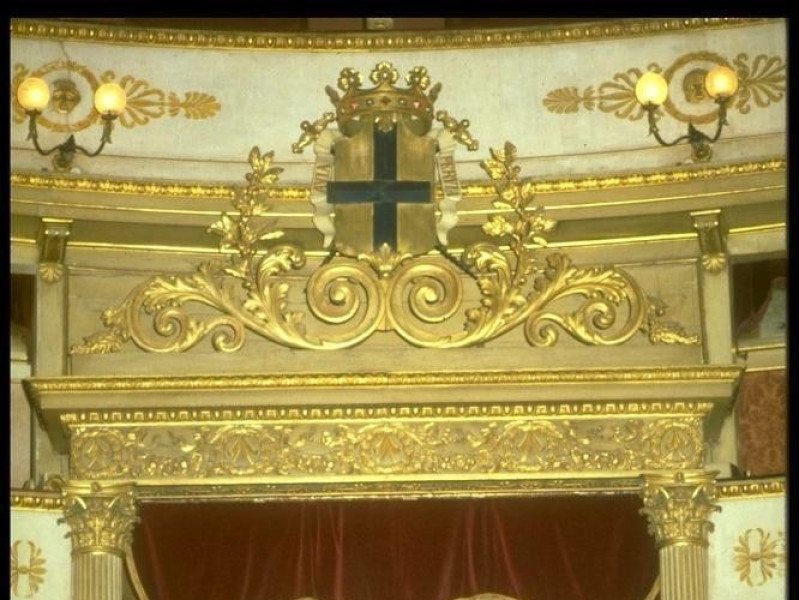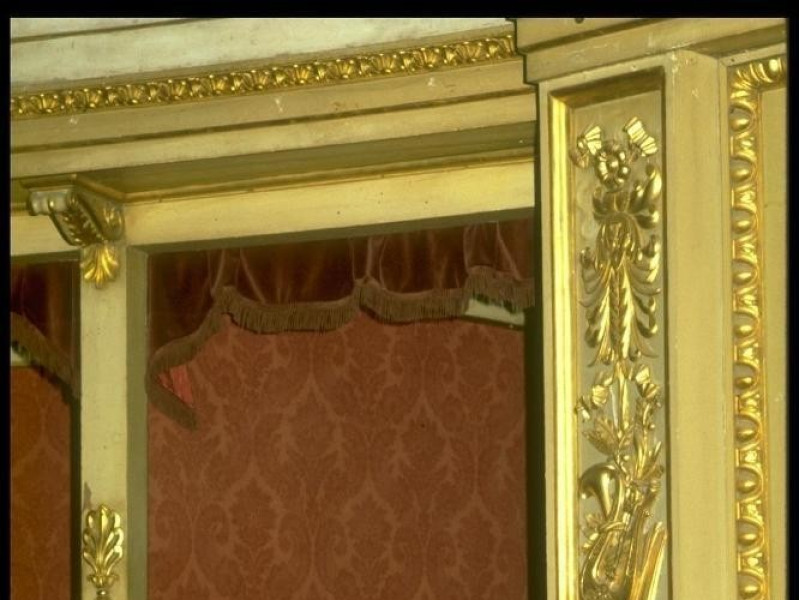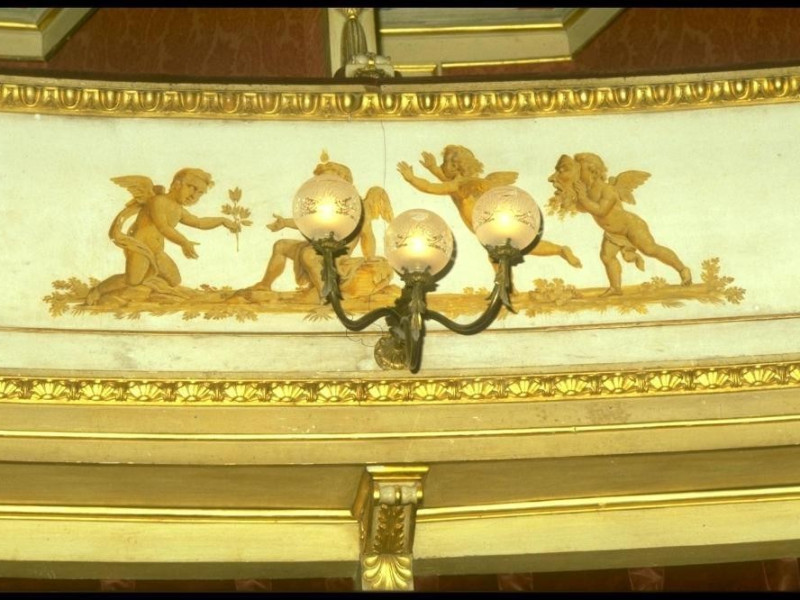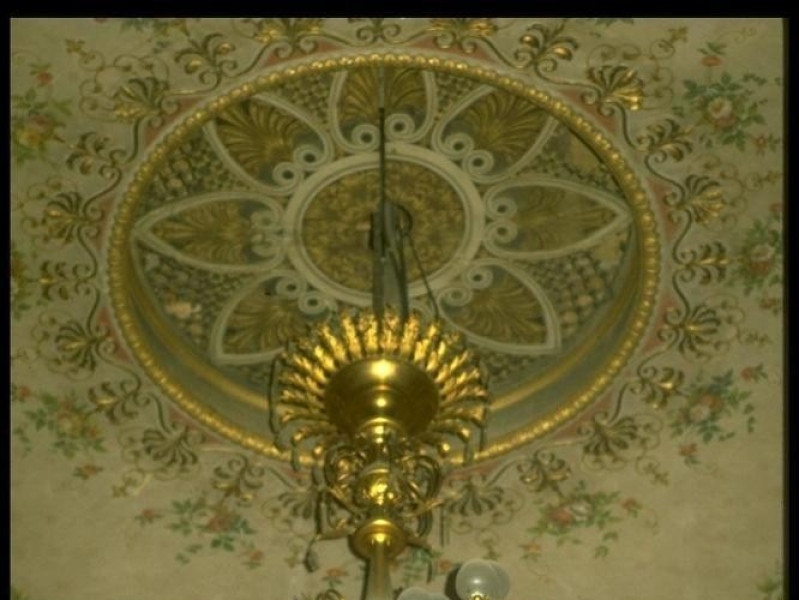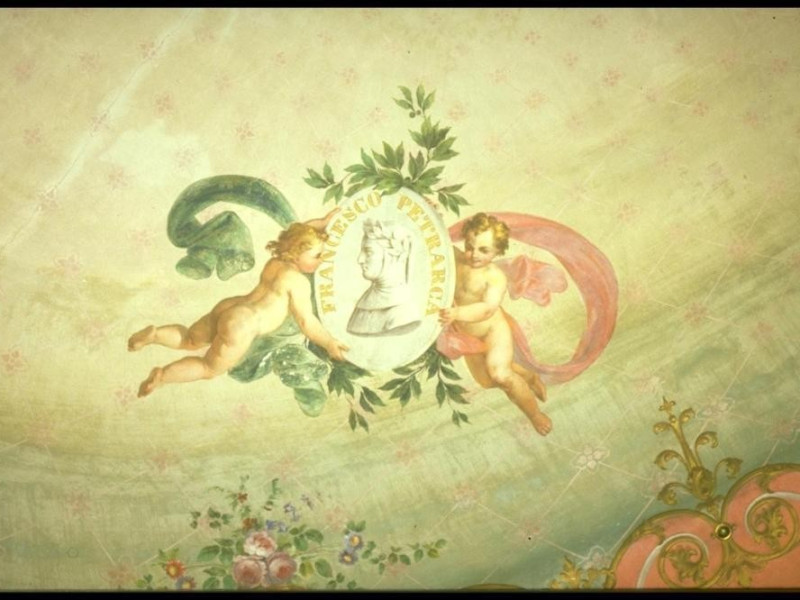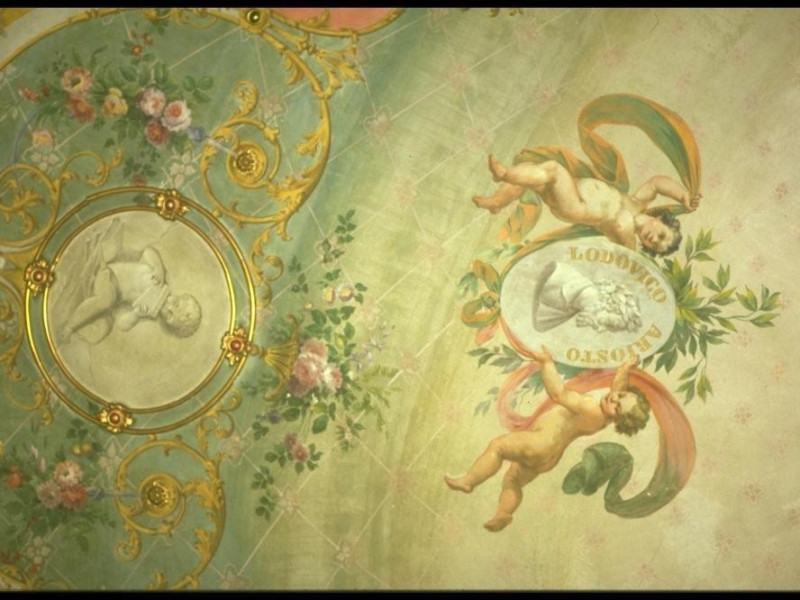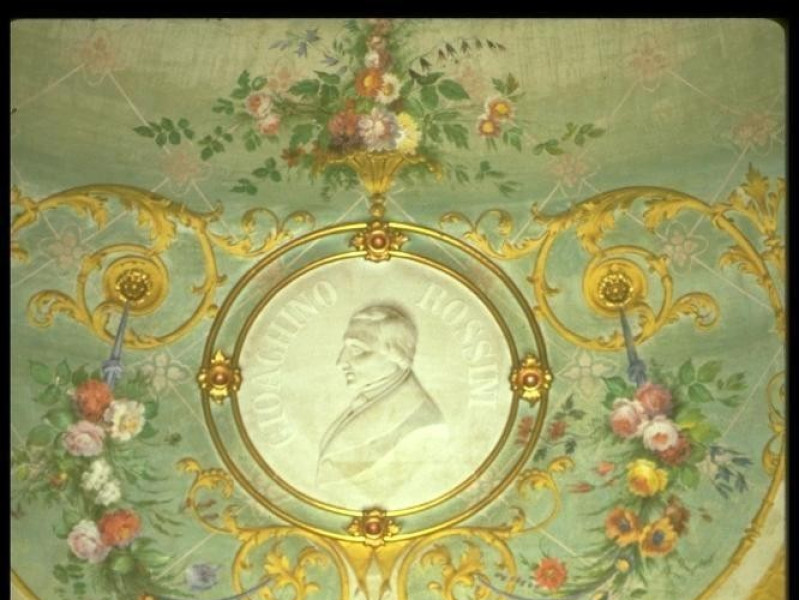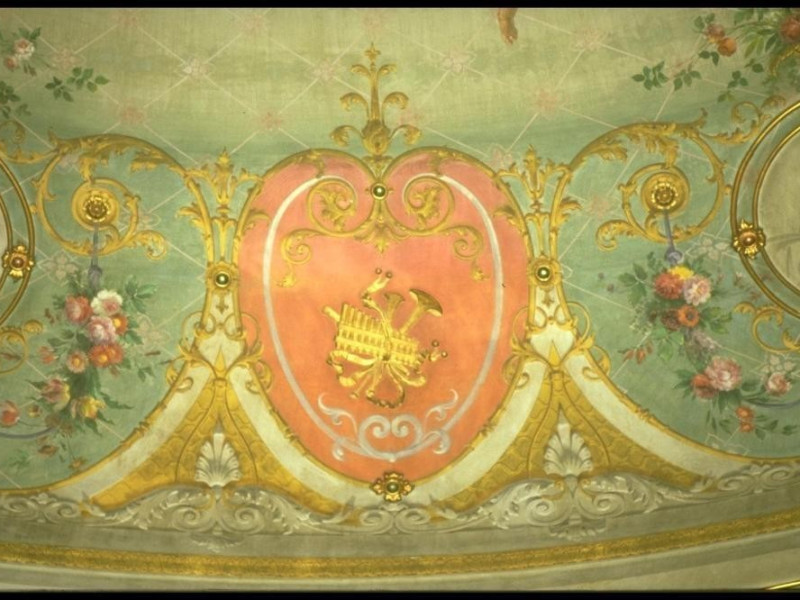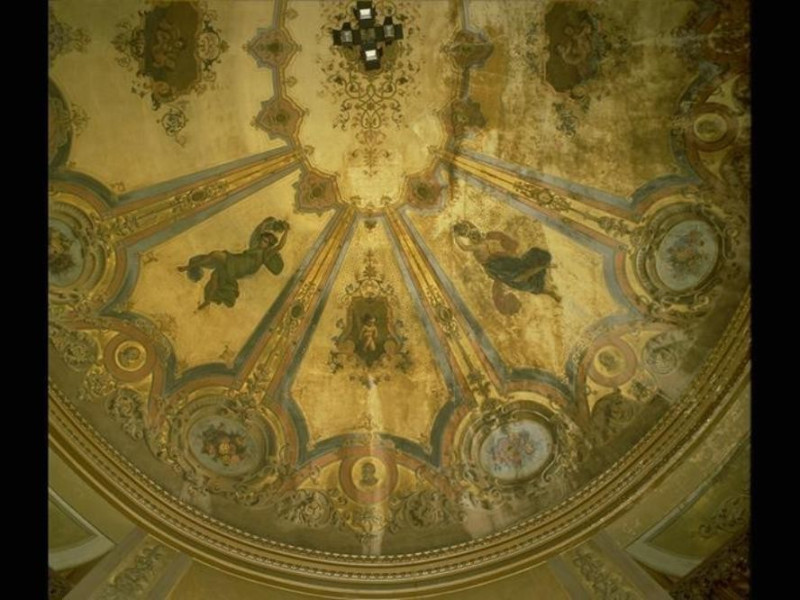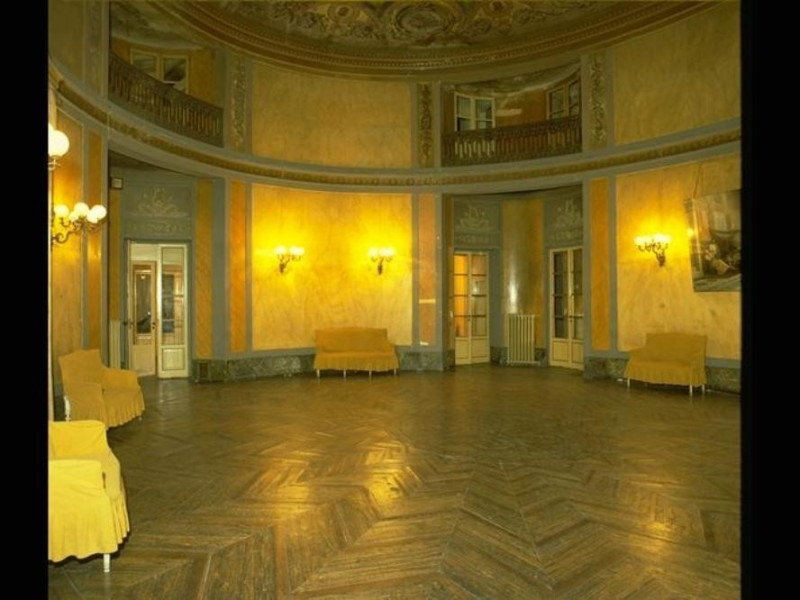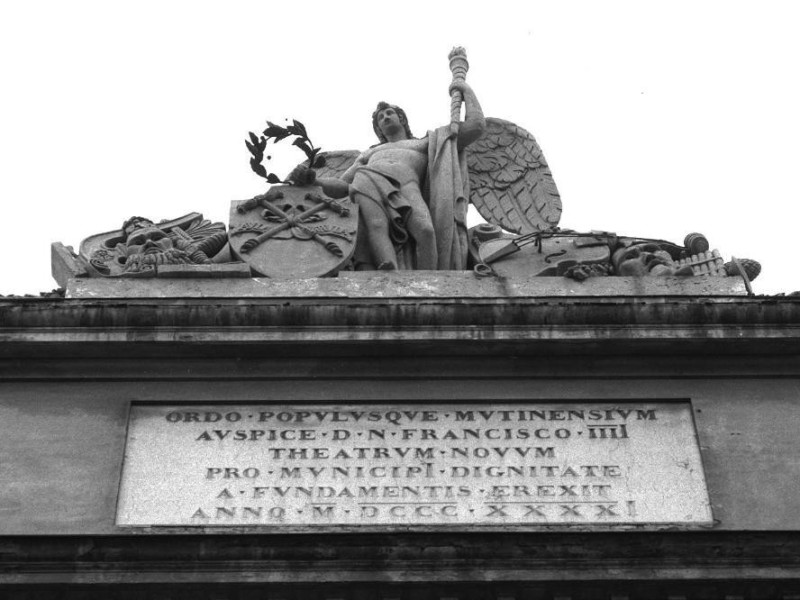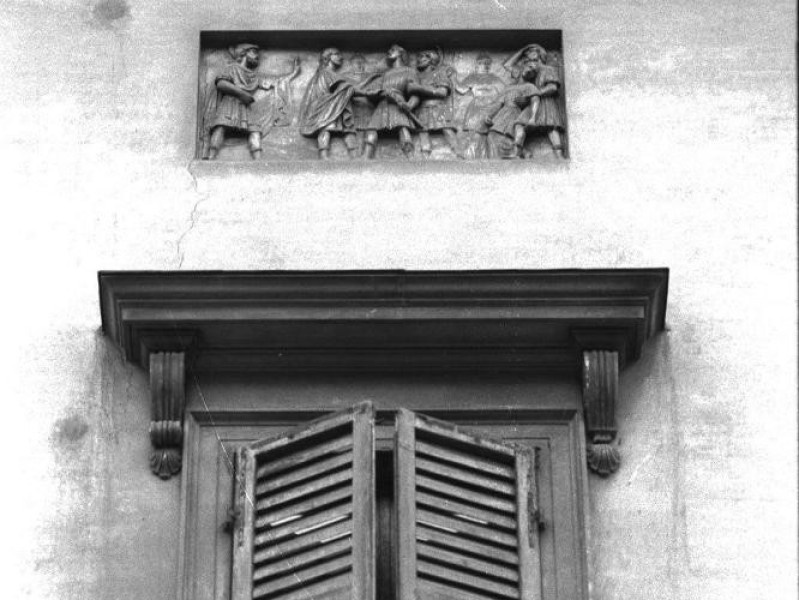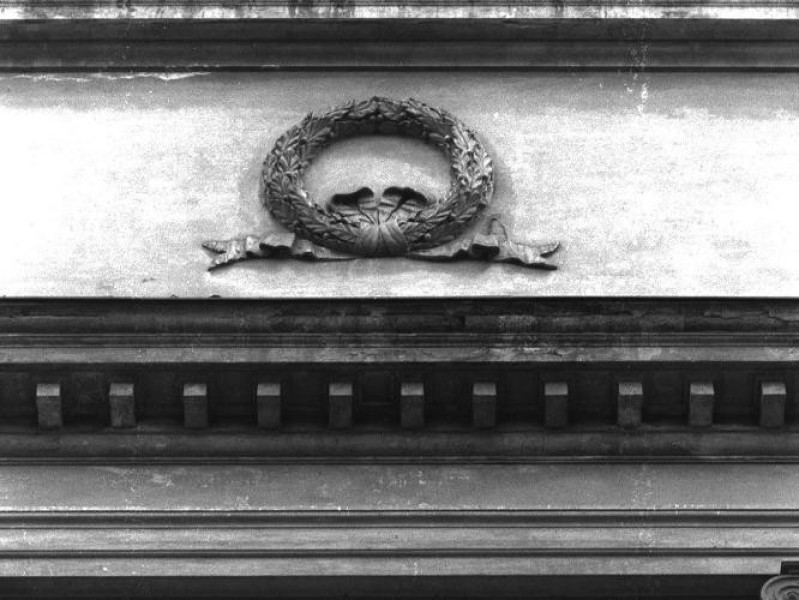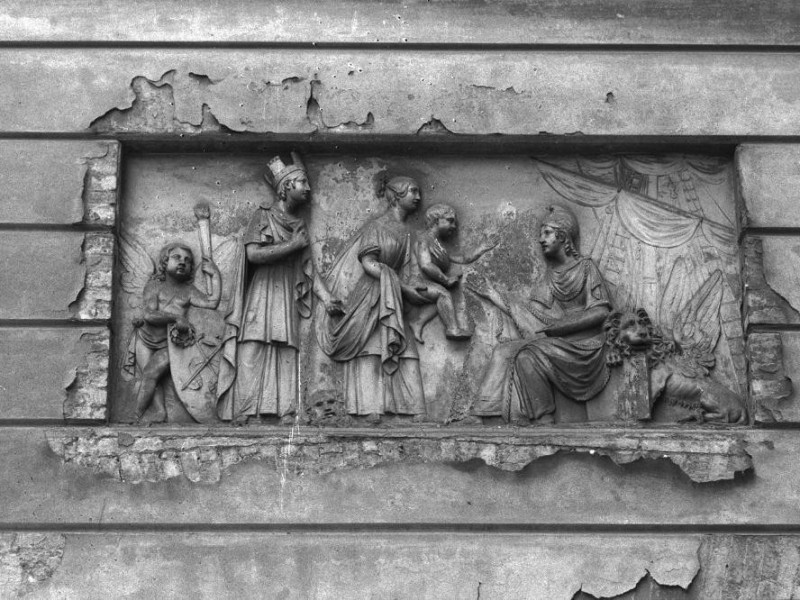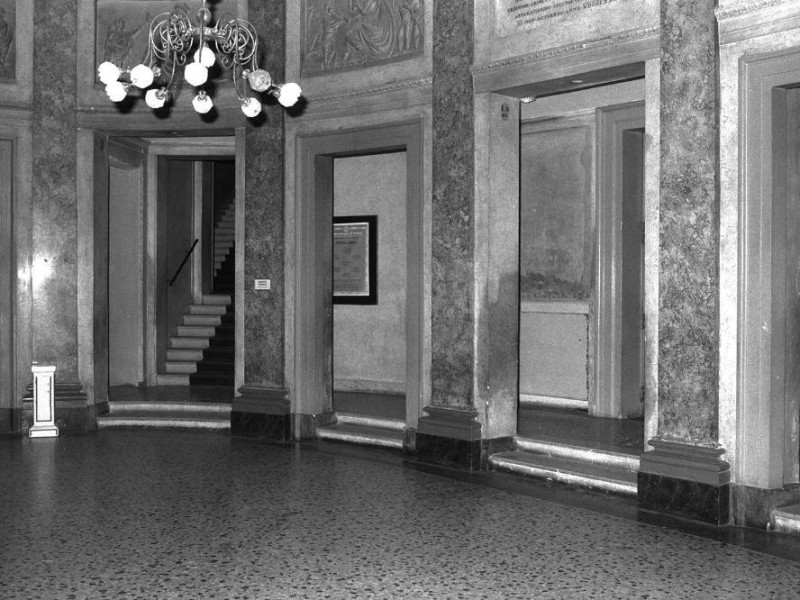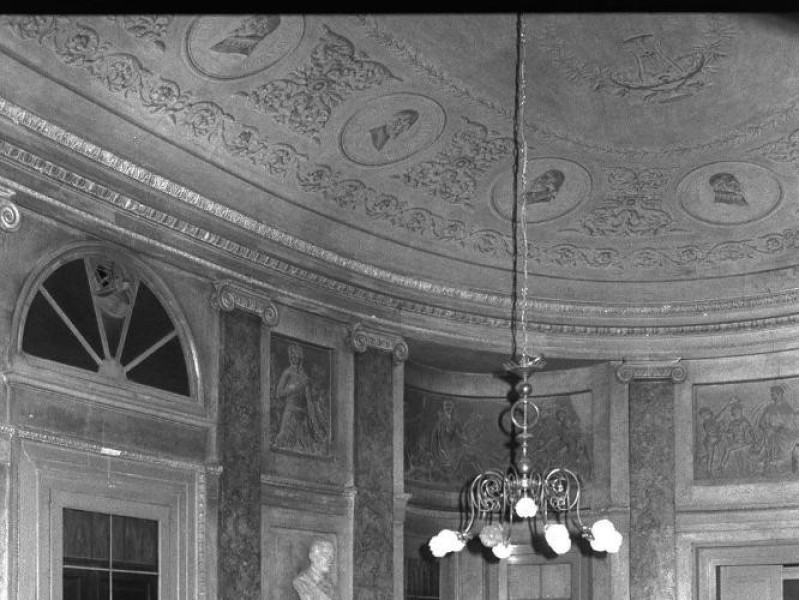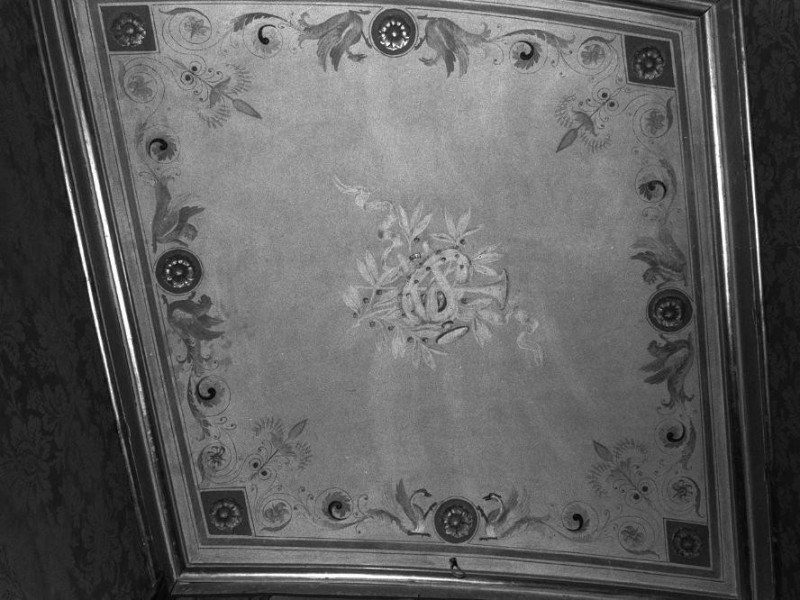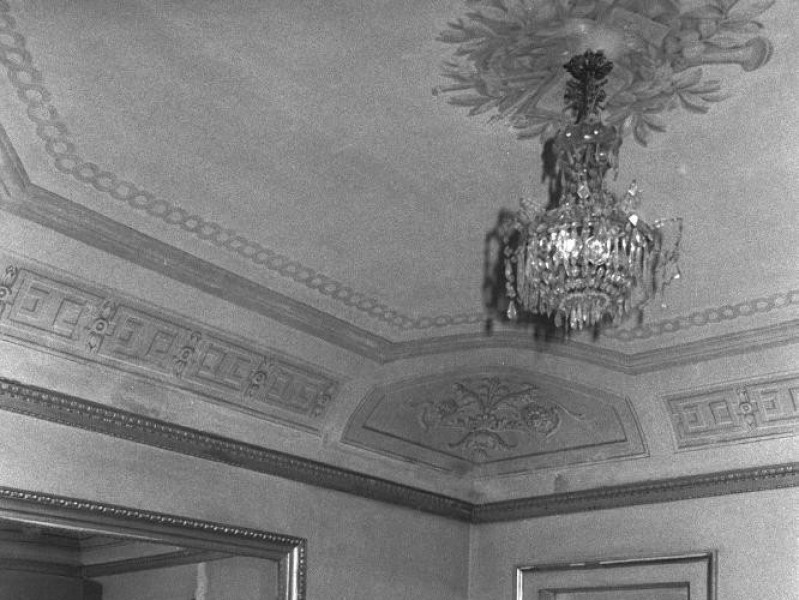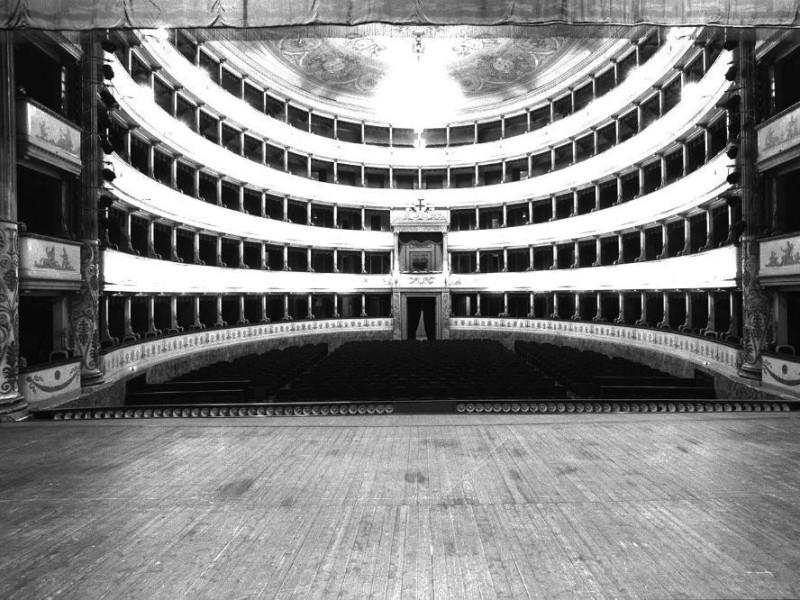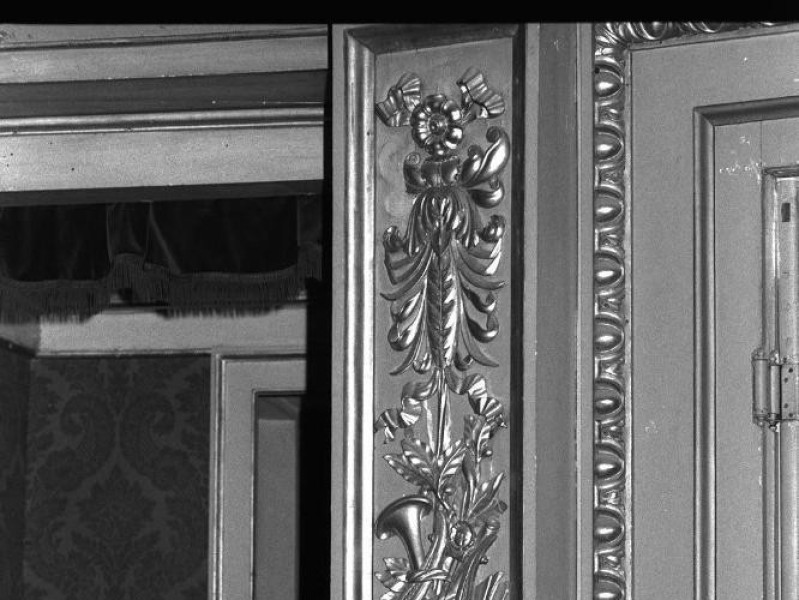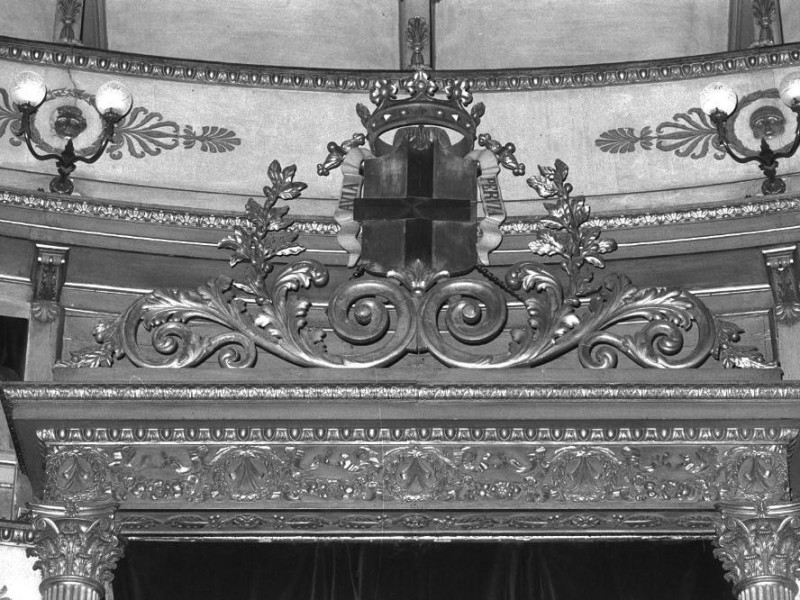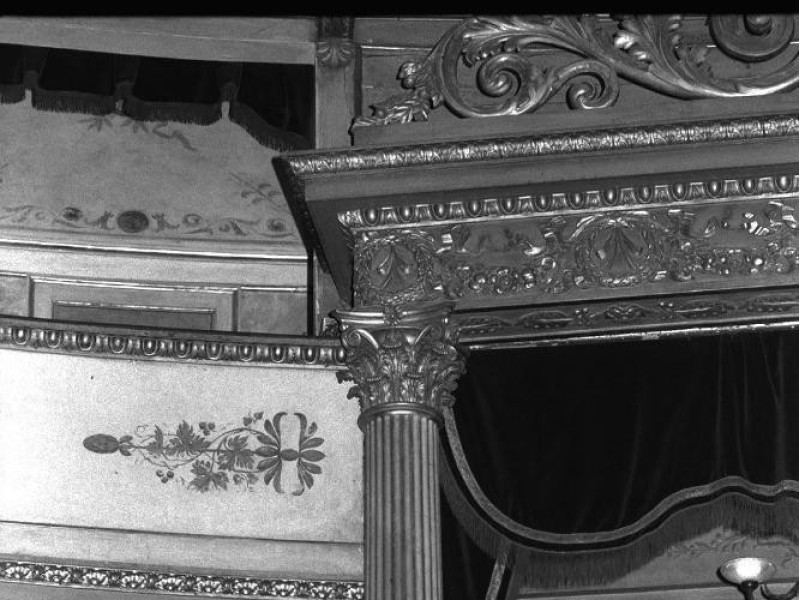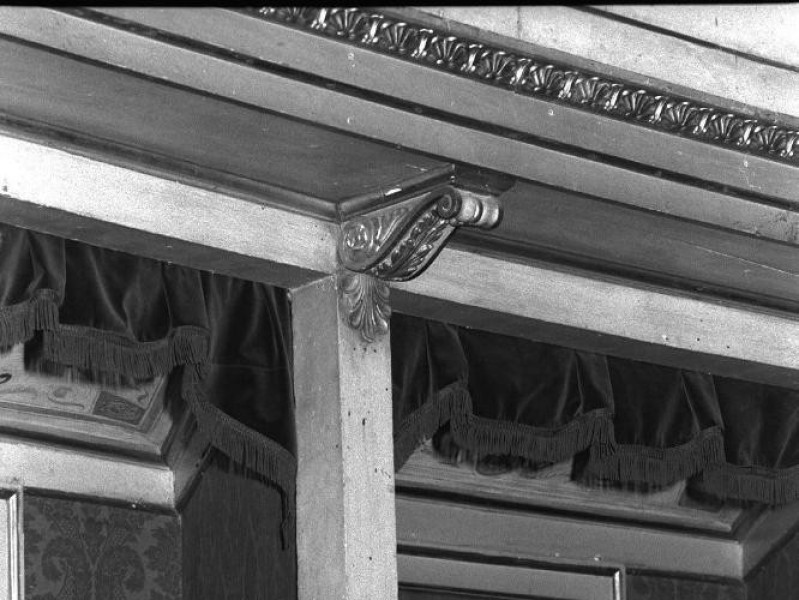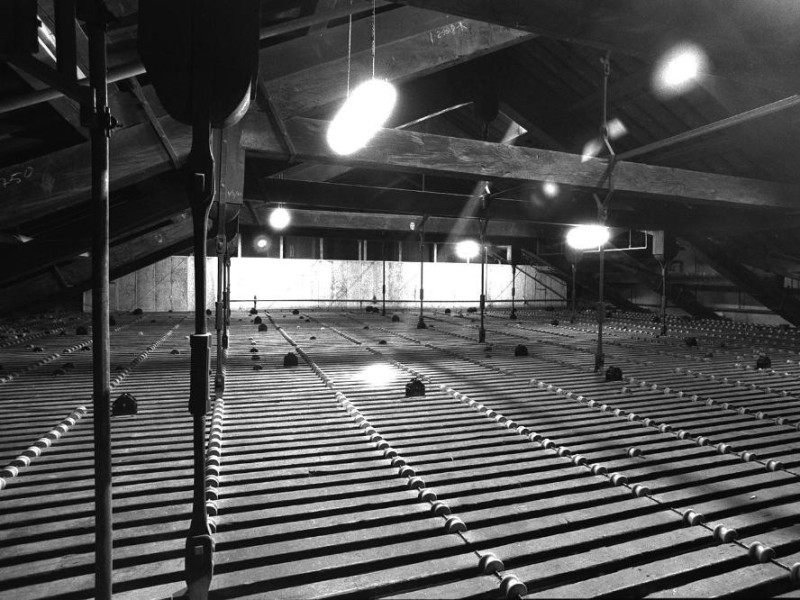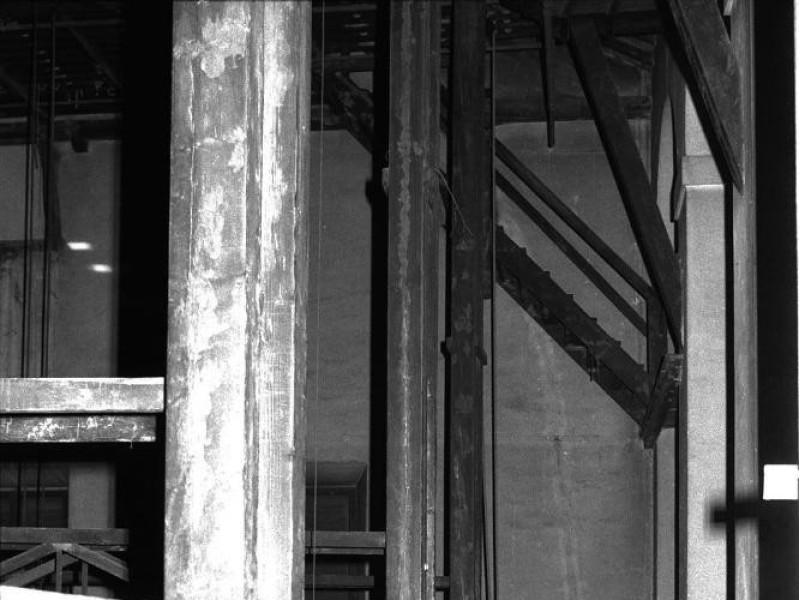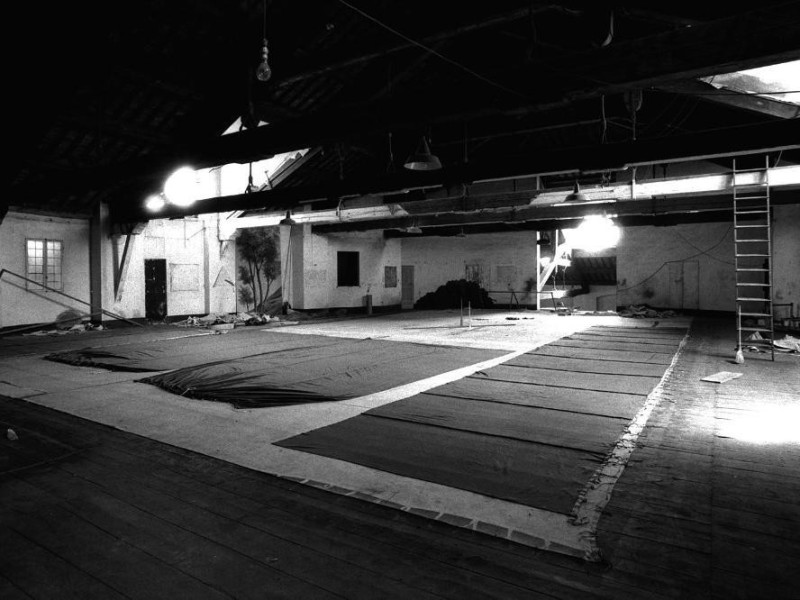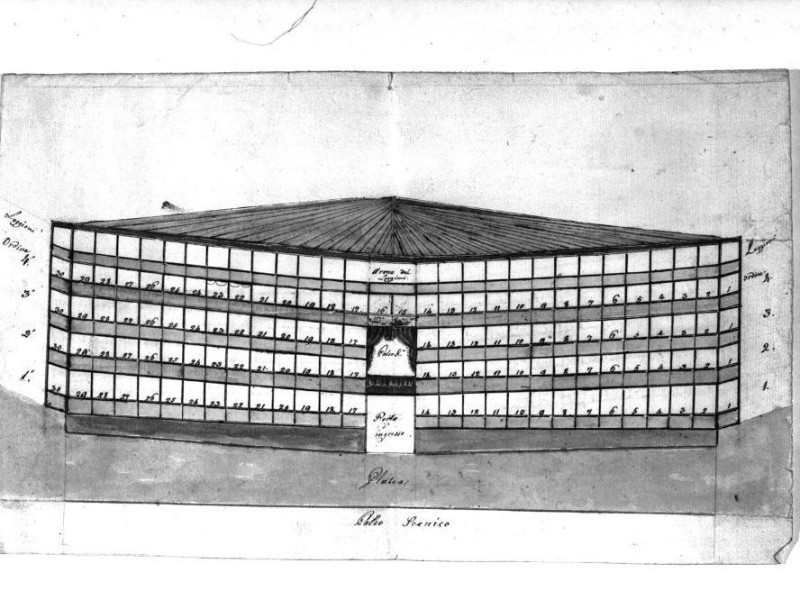Teatro comunale Luciano Pavarotti
In 1838, the Community of Modena has decided to build a modern theater to respond to the representative needs and the decorum of the city, inadequately served by the old Municipal Theatre of Via Emilia, located in the building in which, from the seventeenth century, was located ancient theater of comedians, "Valentini". The new construction is entrusted to the Duke Francesco Vandelli, author of the Foro Boario and the Church of St. John of Canton, that before embarking on the project went on a visit to important contemporary theaters including, documented by surveys, are those Piacenza, Mantova and La Scala in Milan, which are pinned to the size of some sketches that represent one of the few graphs hand documents of the architect Francesco Vandelli. The works began in May 1838, in the chosen area between Canalgrande, Venice alley, road Fonteabisso and S. Margherita, in which it was provided to break down or reduce twelve houses, but nevertheless proved equally insufficient space, so the facade of theater broke the symmetry of the houses of the Canalgrande. This helped to facilitate in the distance the "reading" of the function of the building, which in fact is also hampered by the real narrowness of the street in which it stands. To support the huge costs necessitated by grandiose construction, the boxes at the old Municipal Theatre were invited, and most responded favorably to commute the antlers of the old theater with equivalents in the new one; have made loans to the City of Modena teh City of Formigine and the Charity Congregation of Mirandola; also participated in the same Duke, paying the royal box and providing marbles from Villa d'Este in Tivoli. After almost four years of work, the theater - with a large porch for carriages outside, several utility rooms (including the spacious room for the set), a room from the plant in a horseshoe with four orders boxes and gallery, as well as a richly decorated ceiling - was inaugurated on the evening of October 3, 1841, with the work "Adelaide of Burgundy at the Castle of Canossa" set to music by Alessandro Gandini (poem by Charles Malmusi) which followed the dance "Rebecca", with choreography by Emanuele Viotti and set design by Camillo Crespolani. Since that time, the building has not undergone radical changes; currently has the original neoclassical facade with a porch rusticated ground floor flat, a first order of windows with architraves and an attic floor with smaller windows. The prominence of the central part is marked by four Doric columns on which it set a railing tosmall pillars framing three windows divided by Ionic pilasters; a crowning pediment decorated with the Genius of Modena that frames the coat of arms of the city. The facade is embellished with the insertion of a very valuable plastic decoration consists, as well as rosettes placed on arches on the ground floor, bas-reliefs by Luigi Righi in the sides of the porch (solution certainly derived from the Municipal Piacenza) and at the windows of the first order. Inside, an oval atrium leads to the boxes through two flights of stairs and through the middle door, the audience who plant horseshoe, under three tiers of boxes (with their "dressing") concluded by a gallery created in 1901 in place of the fourth order and from the gallery. The ceiling, from which hangs a large chandelier placed with the introduction of electricity in 1887, is decorated with Camillo Crespolani and with figures of Luigi Manzini, author also of the stucco with stories of the Genius. In 1869, it was made a repainting by Ferdinando Manzini, who proposed the addition of four groups of cherubs. The room is equipped with an orchestra pit created in 1935, a large and well-equipped stage with an original cane mats and restored under the stage, with the plan of wooden stage supported by iron pillars. In the eighties, the theater has undergone numerous restorations which are aimed at both areas of service equipment. In October 2007, the Municipal Theatre was named after Luciano Pavarotti, in memory of the great tenor to a month after his death.

